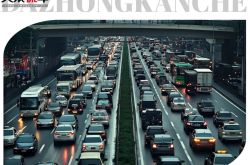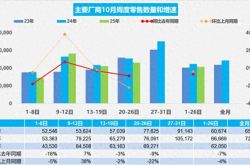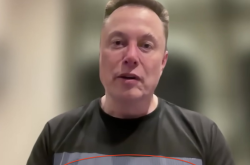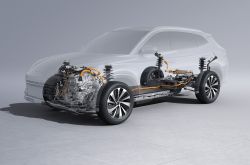Reframing the Humanoid Robot Debate Post-'Half Marathon' Challenges
![]() 04/24 2025
04/24 2025
![]() 520
520
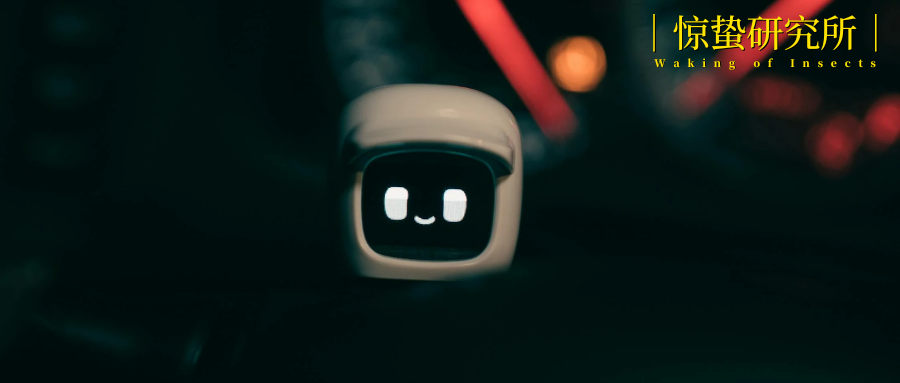
Author | Wu En
Disclaimer | The lead image is sourced from the internet. This is an original article by Jingzhe Research Institute. If you wish to reprint it, please leave a message to apply for authorization.
Stumbles are common, hiccups are expected, and setbacks are part of the journey... Last weekend, Beijing's Yizhuang hosted the world's first humanoid robot half marathon, sparking a fresh wave of discussion in the tech industry. However, the myriad mishaps during the event prompted many onlookers to question the feasibility of humanoid robots.
History often repeats itself in intriguing ways. In 1830, shortly after the advent of steam trains, a race was organized between a steam train and a horse-drawn carriage in the outskirts of Baltimore, USA. As the starting gun sounded, the horse-drawn carriage surged ahead, while the train awkwardly smoked and honked in place, eliciting ridicule and disdain from the spectators.
From steam trains to humanoid robots, it seems that whenever a new technology emerges, it must endure a period of skepticism and derision akin to the steam train's initial struggles. Is the robot industry, currently experiencing growing pains, truly overhyped?
The Widespread 'Invasion' of Robots
According to the International Federation of Robotics (IFR), robots are classified into industrial robots and service robots, with the latter encompassing personal/household robots and professional robots. Unlike industrial robots, which are less prevalent in daily life, service robots are designed to serve the general public, and every innovation in their form triggers deep societal concerns about the era of 'robots replacing humans.'
Consider the so-called 'triathlon' (food delivery, ride-hailing, express delivery) and 'auspicious trio' (security guards, cleaners, nannies) — jobs once thought to be invulnerable to automation. People once believed that these roles would gradually be eroded by robots.
Let's not forget the self-driving taxi 'Luobo Kuaipao' that frequently trended last year, sending shivers down the spines of ride-hailing and taxi drivers alike. In the more intricate realms of food delivery and express delivery, the clamor for robots to replace delivery riders and couriers is incessant.

*Image source: Screenshot from Luobo Kuaipao promotional video
According to Meituan's latest annual report, as of the end of 2024, Meituan's autonomous delivery vehicles and drones had completed 4.91 million and 450,000 orders, respectively. Recently, Meituan drones commenced commercial operations in Dubai. On March 20, 2025, they completed their first low-altitude logistics delivery task in Hong Kong, China.
According to the official WeChat account of SF Express Group, at the 18th China (Shenzhen) International Logistics and Supply Chain Expo in September 2024, SF Express showcased not only advanced drones but also a building delivery robot named 'Xiaofeng.' This robot boasts comprehensive perception capabilities, sophisticated positioning, navigation, and cloud-based intelligent scheduling functions, enabling smart IoT connectivity with elevators, electronic doors, turnstiles, etc., covering the entire building scenario.
This means that using drones or unmanned delivery vehicles for transit and then employing building delivery robots for the final door-to-door delivery can theoretically achieve fully autonomous delivery.
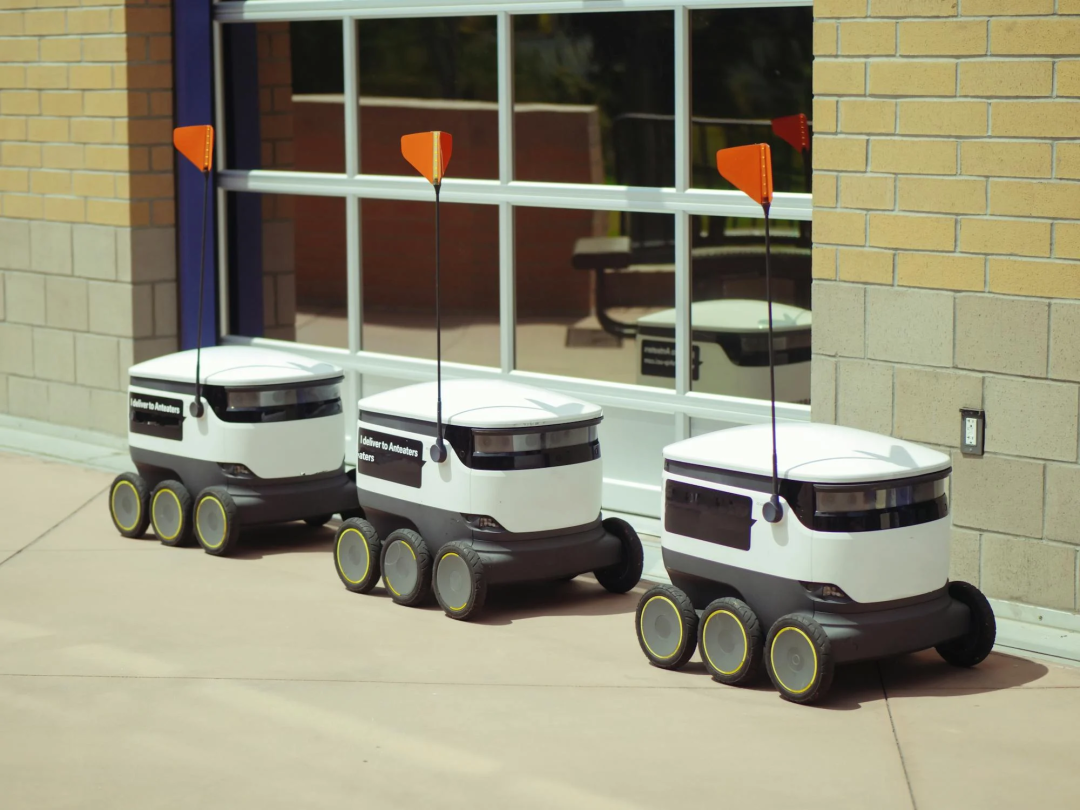
In reality, building delivery robots have been 'on duty' in numerous hotels for years and have even become a 'standard configuration' for service upgrades. Food delivery riders or couriers simply place items in the robot, which then autonomously enters the elevator, identifies the floor and room, and calls the room to remind the guest to open the door and collect the item, thus completing the delivery process.
The 'auspicious trio' is not spared either.
As early as 2016, AnBot, an intelligent security service robot custom-developed by the School of Mechatronic Engineering and Automation of the National University of Defense Technology and Hunan Wanwei Intelligent Robotics Technology Co., Ltd. for the Shenzhen Municipal Public Security Bureau, officially commenced duty at Shenzhen Bao'an Airport's Terminal 3, becoming the first intelligent security robot to serve at an airport in China.
According to media reports, AnBot is 'primarily responsible for performing daily patrol and prevention tasks as well as intelligent services at Shenzhen Bao'an Airport. It realizes civil aviation security pre-check and mobile face recognition functions through the intelligent monitoring of the robot's camera and transmits relevant image information back to the public security big data backend for comparative analysis and real-time warning. Specifically, it encompasses four major application functions: autonomous patrol, face recognition, intelligent service, and emergency response.'
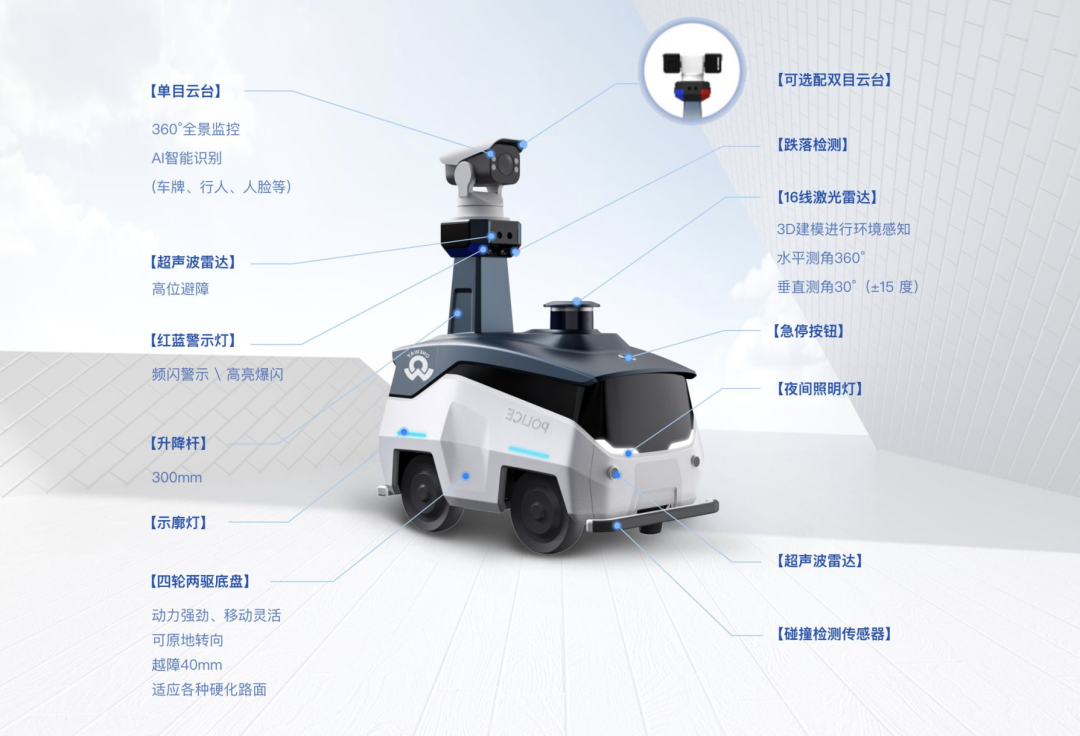
*Image source: Wanwei Intelligent Robotics official website
For the cleaning industry, besides the widespread adoption of sweeping robots in the household market, cleaning robots for B-end customers can also autonomously plan routes, charge, and empty trash.
Moreover, robots like food-serving robots in restaurants and lawn-mowing robots for parks or homes have all entered the commercial stage. This 'silent infiltration' has left ordinary workers apprehensive about job competition shifting from 'human vs. human' to 'human vs. machine.'
Silicon-based Evolution Encounters a Hurdle
It's understandable why workers are apprehensive. Today, whether from news reports or financing trends, the service robot sector is ablaze with activity. Since the beginning of this year, Unitree Robotics' 'robot show' during the Spring Festival Gala has pushed the popularity of service robots to new heights.
On April 15, the 137th China Import and Export Fair (Canton Fair) opened at the Guangzhou Pazhou Convention and Exhibition Center. The service robot zone, set up for the first time at the exhibition, became the most eye-catching attraction. In this zone, there was the world's first humanoid robot capable of completing a side somersault; there were also service robots with functions such as greeting, interaction, and guidance, dedicated to unmanned smart buildings; and there were robots widely used in various operational scenarios such as cleaning, explosion-proof, and medical guidance...
Beyond the exhibition and news, sets of data perhaps better illustrate the issue.
According to Frost & Sullivan research data, the global commercial service robot market size grew from nearly RMB 2 billion in 2021 to approximately RMB 3 billion in 2023, with a compound annual growth rate of 26.1%; it is expected to grow from approximately RMB 3 billion in 2024 to over RMB 10 billion in 2030, with a compound annual growth rate of 20.3%.
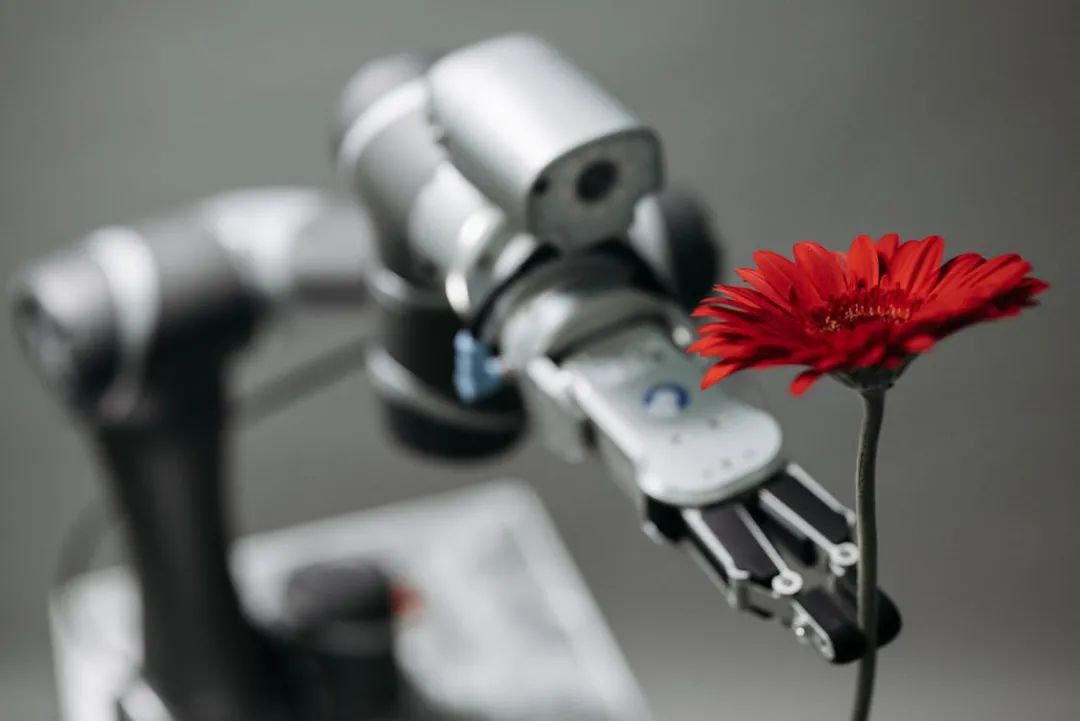
Data from Qichacha shows that in 2024, the number of robot-related enterprise registrations in China exceeded 190,000, setting a new high for the past decade. As of March 19, 44,000 robot-related enterprises had been registered in China in 2025. In terms of existing enterprises, there are currently 849,000 robot-related enterprises in China.
According to incomplete statistics from Robot Talk & RDI, there were a total of 431 investment/financing events in related fields of China's robot industry in 2024. In terms of financing, there were 98 financing events worth over RMB 100 million, 104 events worth over RMB 10 million, 12 events worth over RMB 1 million, and 217 undisclosed events in China's robot industry in 2024, involving a total disclosed amount of approximately RMB 42.5 billion to RMB 56.3 billion (IPO and private placements excluded).
However, the high heat and investment have not yet spurred a qualitative leap in the commercial application of the service robot industry.
After the humanoid robot half marathon in Yizhuang, Tang Jian, CTO of the TianGong team and Beijing Humanoid Robot Innovation Center, stated in an interview that the TianGong 2.0 robot would soon be released for small-batch mass production and application. In the future, with the large-scale deployment of humanoid robots, their prices will be comparable to those of entry-level cars.
Given China's manufacturing capabilities, mass production is not a difficult hurdle. The challenging aspect lies in determining the commercialization path. However, Tang Jian did not provide detailed responses on this point. In reality, apart from promoting humanoid robots as 'electronic pets' into the C-end market like previous 'robot dogs,' few companies have successfully established a sustainable business model for humanoid robots.
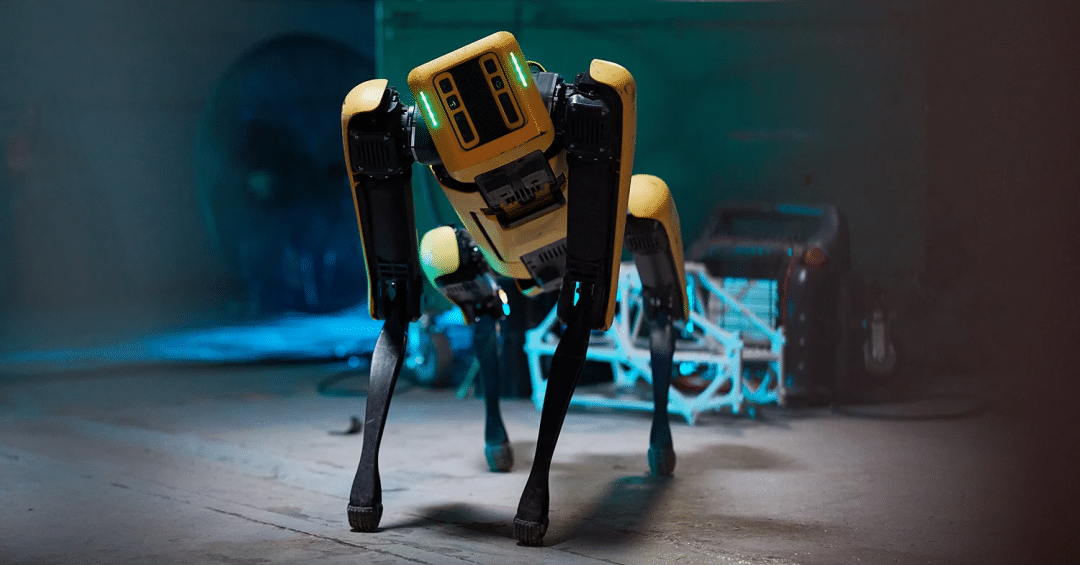
*Image source: Boston Dynamics official website
Conversely, doubts about when humanoid robots can be commercialized persist.
Before March this year, Zhu Xiaohu, managing partner of GSR Ventures, publicly announced that he was 'exiting humanoid robot companies in batches.' He believes that humanoid robot enterprises face two major issues: high technical costs, with products costing tens of thousands of yuan, far exceeding the willingness to pay in actual scenarios; and unclear application scenarios, lacking a solid market foundation.
Yu Lei, co-founder of Xinghai Map, also believes that 'humanoid robots are still difficult to apply on a large scale in manufacturing or commercial services.' Even other types of service robots that have already been commercialized do not have a clear advantage over human labor in terms of cost and efficiency.
On one hand, there is ultra-high industry excitement and objective expectations, and on the other hand, there is a failure to find a solid footing in commercial logic. The contradictions and dilemmas faced by humanoid robots are akin to a hurdle encountered at a critical juncture as humanity's technology shifts from carbon-based to silicon-based.
Let Robots 'Soar' for a While
People's ridicule of humanoid robots is not purely malicious but stems from the disappointment caused by the gap between expectations and reality. The primary reason is that the development trajectory of humanoid robots is still slightly off from what people had envisioned.
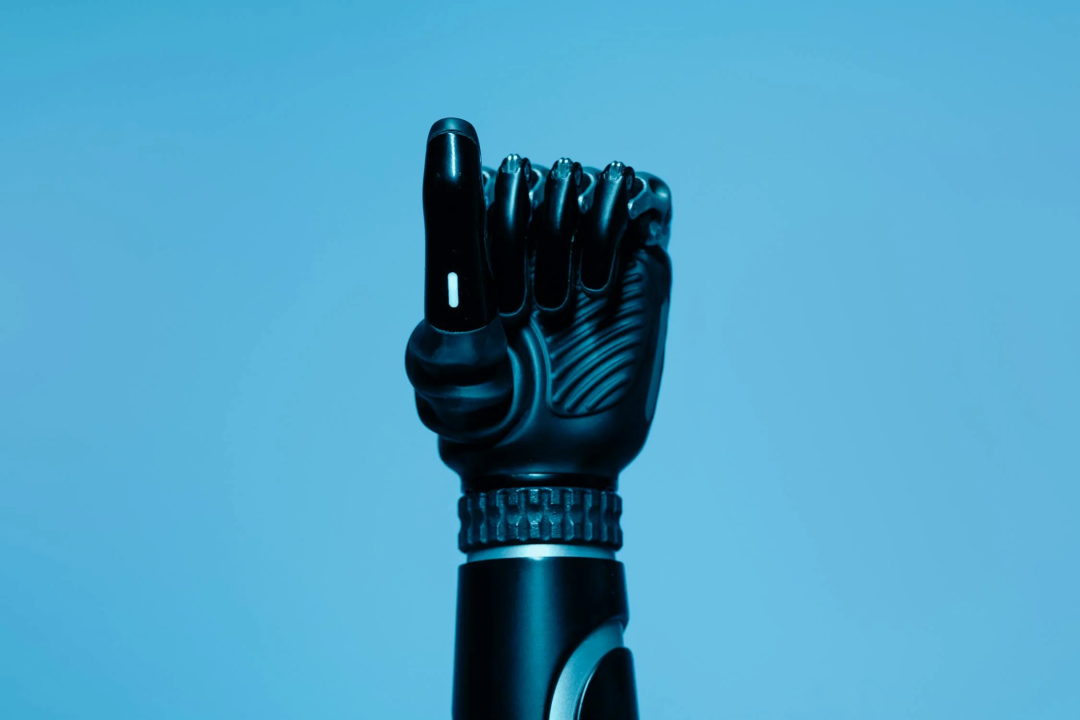
As early as 2018, the international consulting firm McKinsey predicted that 80% of logistics packages would be delivered autonomously in the next decade. However, even as McKinsey's predicted timeline has progressed to 70%, autonomous package delivery remains a blueprint. Conversely, the reliance on human labor at the end of the logistics chain has increased rather than decreased.
According to data from Meituan Research Institute's '2023 Meituan Rider Rights Protection Social Responsibility Report,' the number of riders earning income on Meituan was 4.7 million in 2020 and had grown to 7.45 million by 2023.
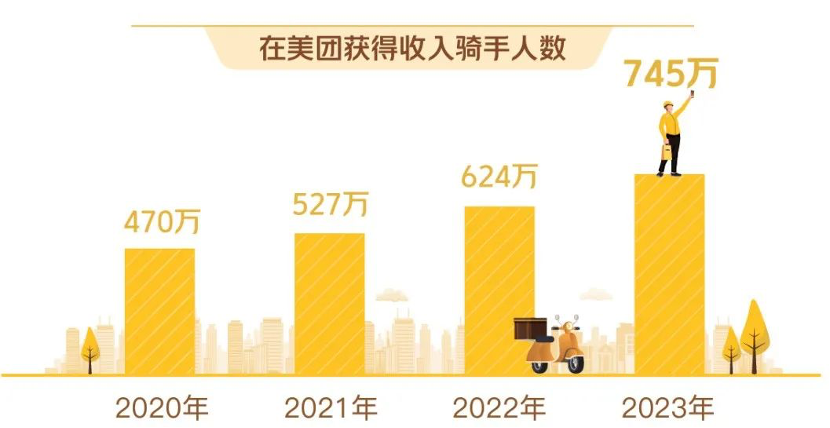
The '2019 China Express Market Supervision Report' released by the State Post Bureau also reveals that as of 2019, there were over 3 million employees in China's express delivery industry. In 2024, an article published by the State Post Bureau in the 'Qiushi' magazine mentioned that the total number of express delivery employees in China exceeded 4 million.
As for catering robots, which emerged a decade ago, their current penetration rate in the domestic market is only 1%.
Zhang Tao, founder of Pudu Technology, stated in an interview with the media that the company's 'Happy Delivery' food delivery robot can deliver up to 300 trays of food per day and up to 400 trays during peak hours, replacing 1.5 to 2 waiters. Additionally, the robot is priced between RMB 40,000 and RMB 60,000 and has a service life of up to 10 years, while the annual comprehensive cost of a waiter in many restaurants is at least RMB 50,000 to RMB 60,000.
However, these ideal figures are akin to laboratory car fuel consumption, almost impossible to achieve in real-world scenarios. Narrow aisles, irregular floors, and slight slopes in restaurants can all become 'insurmountable barriers' for these 'waiters.' Moreover, food delivery robots may be beneficial in high-end restaurants and larger chain restaurants, but in small and medium-sized catering outlets, they often become mere 'mascots' due to their limited functionality, issues like soup spilling, inability to take orders, and the need for human intervention.
In 2022, the food delivery robot industry faced a widespread layoff crisis. Pudu Technology reduced its staff from a peak of over 3,000 to just over 500; Hiking Robotics cut roughly 800 people from the beginning to the middle of 2022; and CloudMinds, a manufacturer of delivery robots for hotels, also reduced its staff from around 700 to about 300.
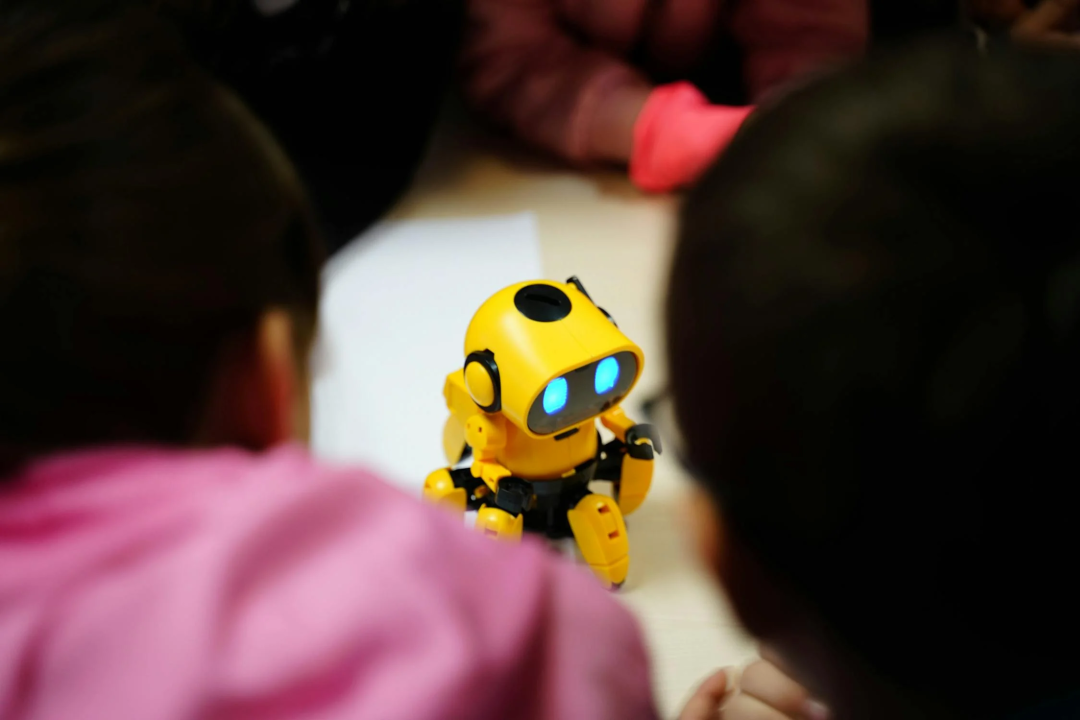
There are also security robots, which have been around for quite some time and have a consistent market demand. However, due to the high degree of customization required for the product and the stringent requirements for product supply chain cost control, they cannot replace human labor in terms of cost and efficiency either. Zhang Tao once candidly admitted in an internal company email that there is a pressing issue that needs to be addressed in the commercial robot industry: the entire industry has yet to achieve profitability.
Various signs indicate that in the future, service robots will undoubtedly be the 'train' racing ahead. It's just that currently, or in the short term, they do not possess the speed to compete with a 'horse-drawn carriage.'
People harbor high hopes for humanoid robots and express concern about their development pace. However, those genuinely invested in technological progress understand that the historical trajectory of science is not linear but marked by ups and downs.
Humans should neither mock robots that fall awkwardly nor be overly concerned about the emergence of a new type of robot. Similar to our approach with large AI models, viewing robots as tools to enhance productivity, rather than replacements or competitors, will enable us to achieve work goals and demonstrate value more effectively.
Technology speaks in silence, presenting surprises only at critical junctures. Establish a clear direction and destination for robots, and they will eventually arrive; they simply require a bit more time at present.


